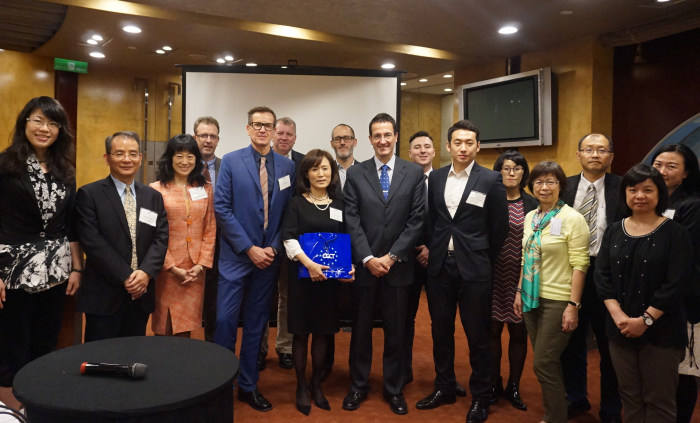Air quality and health in Taiwan

According to a 2015 report published in the journal Nature, three million people die from outdoor pollution every year, while an additional 3.4 million die from indoor pollution. Most air pollution deaths are caused by fine particulate matter (PM), tiny particles that are inhaled deep into the lungs and can cause heart attacks and strokes, which account for three-quarters of annual deaths, with lung cancer and respiratory diseases responsible for the rest. According to statistics cited by Su, there is now clear evidence of the link between poor air quality and heart disease, chronic obstructive pulmonary disease and acute lower respiratory infections. Poor indoor air quality is a major contributor as most people spend 80-90% of their lives indoors.
While dirty air from outdoors that flows into buildings is a cause, other factors such as materials from the building, furniture and appliances and microbes, fungus and bacteria (that grow inside buildings) are more important contributors to indoor air quality. As far back as 1985, the United States' Environmental Protection Agency (EPA) reported that toxic chemicals found in the air of almost every American home, such as formaldehyde, sulphur dioxide (SO2), nitrogen dioxide (NO2) and ammonia, are extremely harmful to humans and three times more likely to cause some type of cancer than outdoor pollutants. Besides SO2 and NO2 from cooking stoves, tobacco smoke or fireplaces, some building materials such as carpets, plywood, paints and solvents, cleaning products and air fresheners are carcinogenic. There is now much more awareness of the dangers of plasticisers in food and phthalates found in ordinary household items such as upholstery, furniture, cleaning products, food containers, packaging and even toys.
Mainland China is often blamed as the source of PM2.5 pollution in Taiwan. According to Su this is a reasonable assumption in winter when seasonal winds blow from Mongolia and mainland China to Taiwan. However, in summer, most of the PM2.5 in Taiwan comes from domestic sources (including households, power stations, factories, vehicles, construction and agriculture). A lot of sicknesses can be attributed to a failure to regularly clean and replace filters on heating, ventilation and air conditioning (HVAC) systems.
The highest annual average PM2.5 readings in Taiwan are in Yunlin County on the Central Western coast, which are three times higher than the lowest levels in Taitung County on the East coast.
Taiwan's EPA has practical advice regarding recommended outdoor activity depending on four air pollution levels (ranging from low to very high) and a person's overall condition of health.
Climate change is having a noticeable impact on air quality given the rise in CO2 and average temperatures and erratic rainfall. Taiwan's temperature has risen at double the global average rate over the past century. Higher temperatures and the consequent rise in humidity from excessive rainfall from typhoon Morakot, for example, led to a doubling of fungal rates in houses in the affected areas. Paradoxically, the insulation of buildings conducted to reduce the need for heating in cold climates and cooling in warm climates, while reducing the use of HVAC energy and thereby reducing the impact on the climate, can actually lead to worse air quality if buildings are not properly ventilated. Buildings with poor ventilation lead to an increase in health problems such as allergies, asthma and other respiratory illnesses. Poorly ventilated buildings also make the spread of infections easier.
As for practical advice on how to improve indoor air quality, Su believes that improving ventilation (air circulation) to refresh indoor air regularly is a simple and effective way to improve indoor air quality. In addition, she recommended regular cleaning of HVAC systems, replacing air filters, paying attention to the contents of building materials (and avoiding toxic materials), equipment, appliances and decorative items, monitoring of fungal and bacteria levels and using non-toxic, environmentally-friendly cleaning materials.
